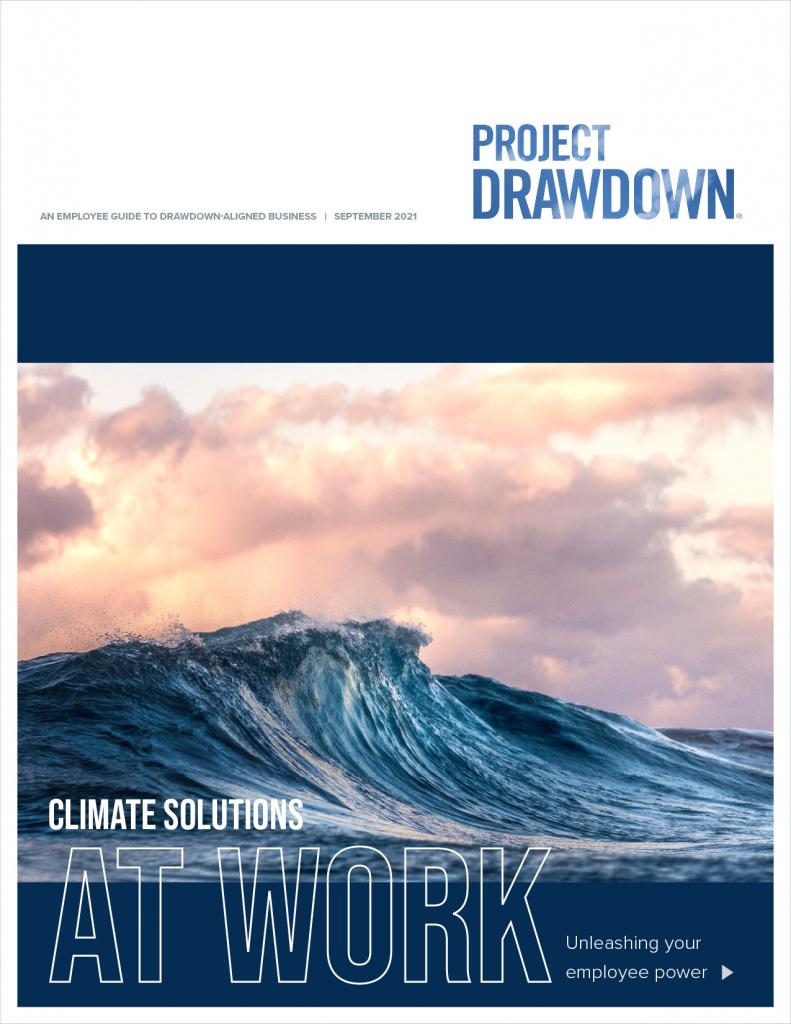Take stock.
Identify your company’s corporate sustainability and climate commitments, if any.
Can you incorporate the actions listed above into your company, team, or individual performance goals?
Does your firm have a comprehensive climate action plan that is publicly available?
Does your firm understand — and act upon — the major financial risks climate change poses to its portfolio?
Does your firm engage its portfolio companies and clients on climate risk?
Does your firm consider the many opportunities within climate mitigation and adaptation, using a climate lens to guide its research and evaluation of investment possibilities?
Can you start or join a green team or a climate employee resource group?
Make needed changes or reach out to someone else who can.
What kind of decision-making authority do you have? Can you carry out these actions on your own, or do you need to consult with a manager or director?
Are those with decision-making authority already on board with climate action? Is there anyone you might be able to engage and influence?
Test the waters by discussing your own interest in climate action with trusted colleagues and gauging their reactions. Consult power-mapping tools for help.
You don’t have to do it alone.
Find others in your organization who are climate-concerned. Join forces to demonstrate widespread support for incorporating climate risk and opportunities into investing strategies and across the organization. Consider writing a letter or petition to leadership or bringing up your concerns at an all-staff meeting.

